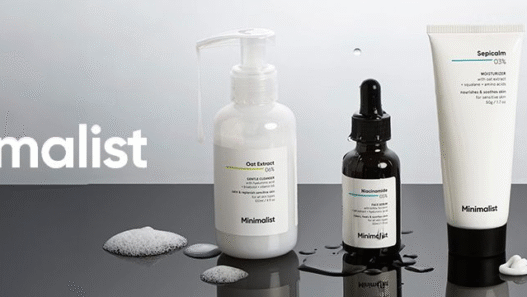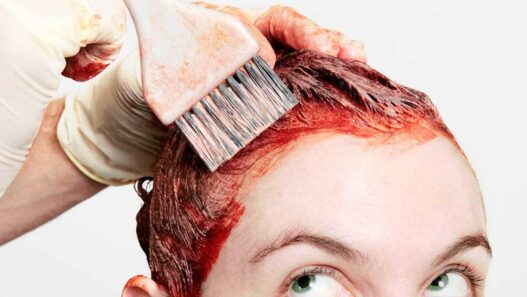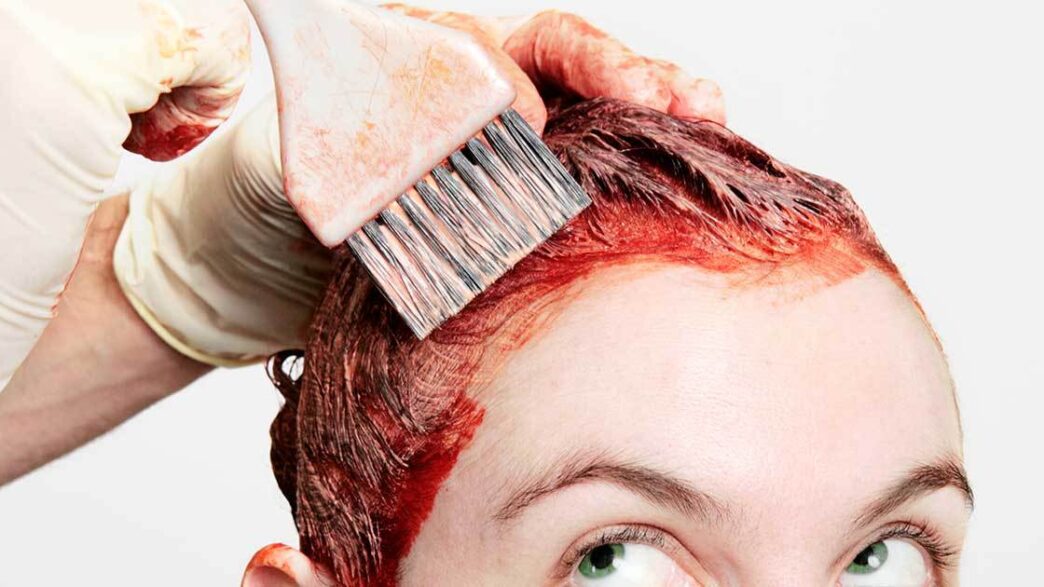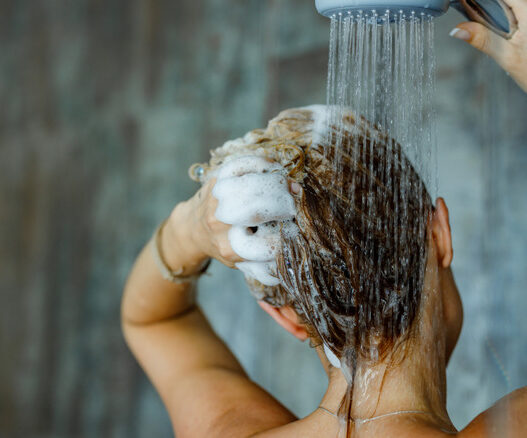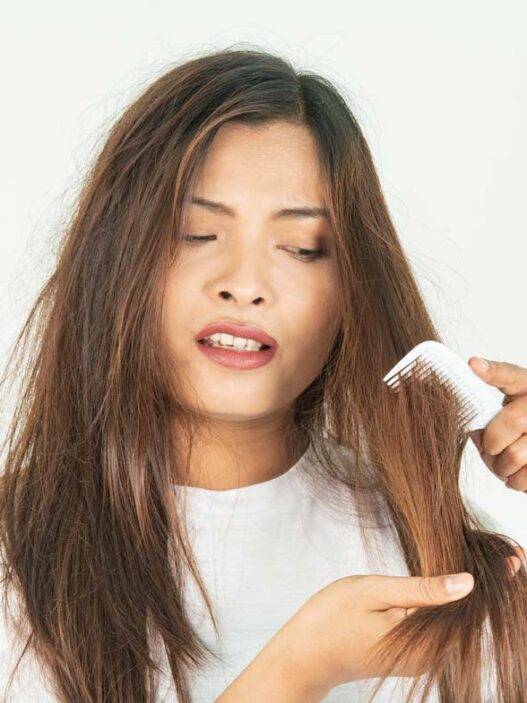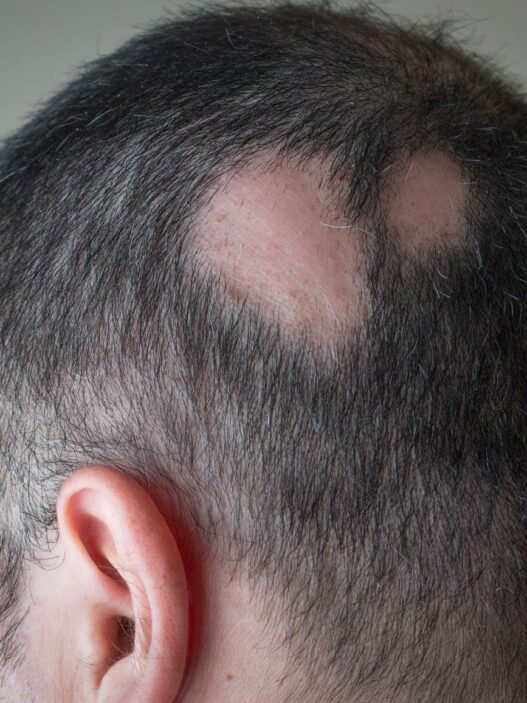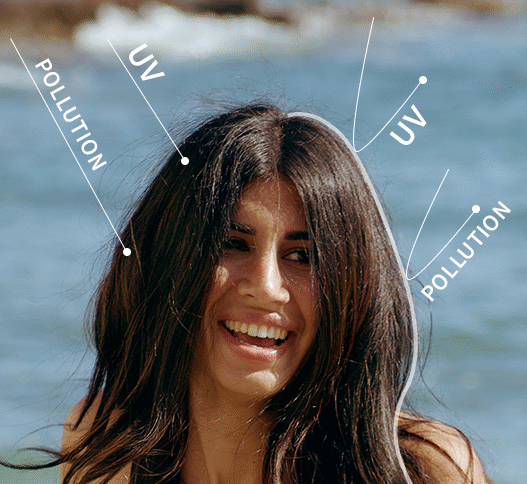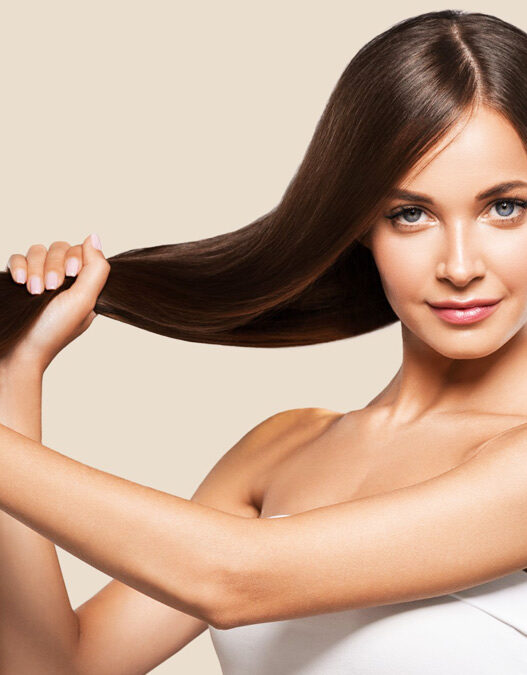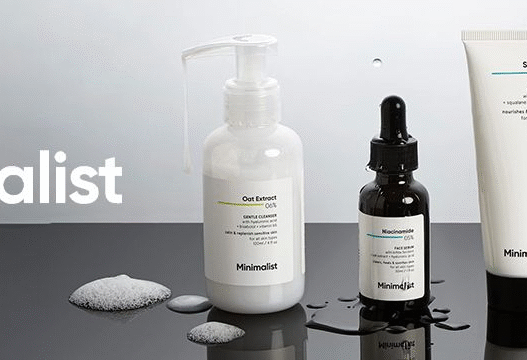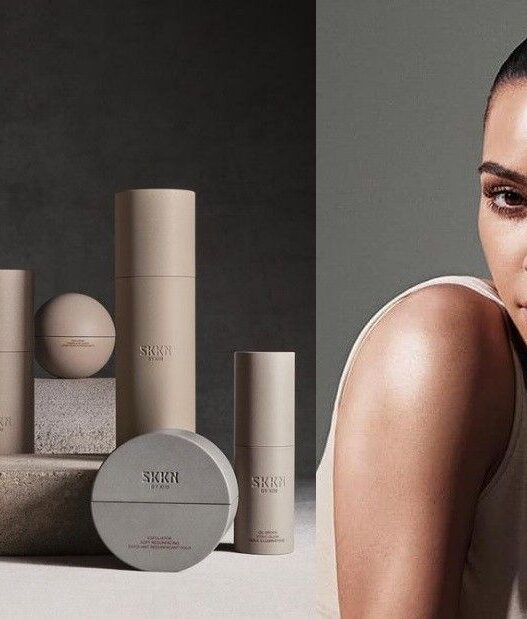Changing hair colour has become a routine part of grooming. Many use dye to cover grey strands, try new looks, or simply refresh their style. However, a question always remains: is hair dye safe?
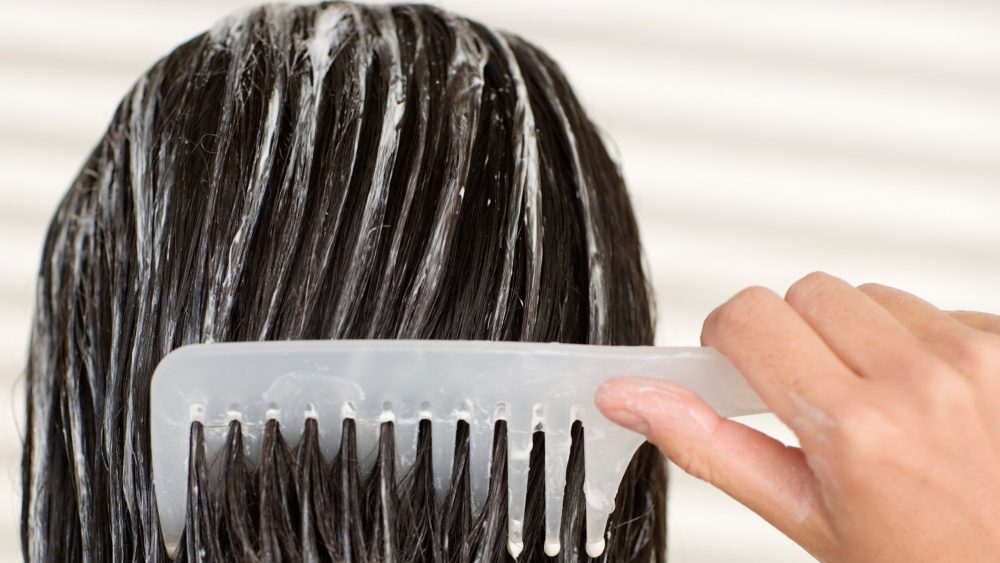
To answer that, it helps to examine how dyes work, the potential health risks, and what precautions or natural alternatives can make colouring safer.
How Hair Dye Works?
Every type of hair dye functions differently depending on how deeply it interacts with the hair shaft.
- Permanent dyes open the outer layer of hair, called the cuticle, so that the colour can reach the inner cortex. Chemicals such as ammonia raise the hair’s pH, causing the cuticle to lift. Then, hydrogen peroxide breaks down the natural pigment (melanin) and reacts with colourless dye molecules, such as para-phenylenediamine (PPD), inside the cortex. This reaction forms large colour molecules that remain trapped in the hair, creating long-lasting colour.
- Semi-permanent dyes sit closer to the surface of the hair and fade after several washes. They use gentler compounds and cause less structural change, though their effect doesn’t last as long.
- Temporary dyes only coat the outer layer of the strand. These typically contain water-soluble pigments that rinse away in one or two washes and are considered the mildest option.
Possible Risks of Hair Dye
Hair dyes are generally regarded as safe when used correctly, yet they still carry potential side effects for some users.
1. Allergic Reactions
Allergic responses to PPD remain one of the most reported issues. According to dermatologists, roughly 6% of people with dermatitis show a PPD allergy. Reactions may cause redness, itching, swelling, or even blistering on the scalp or around the hairline.
A patch test should always be done before applying dye to the whole head. Apply a small amount of mixed dye to your inner elbow or behind the ear and leave it for 48–72 hours. If you experience irritation, discontinue use of the product.
2. Skin and Eye Irritation
Ammonia and peroxide can irritate sensitive skin or eyes. If dye seeps onto the skin, it may cause burning or stinging. The alkaline nature of ammonia can weaken the skin’s protective barrier, increasing the chance of irritation.
Avoid applying colour to broken, sunburned, or inflamed skin. Wearing gloves and protecting the hairline with a thin layer of petroleum jelly can help prevent contact.
3. Hair Damage
Permanent dyes alter the hair’s structure. Over time, the cuticle may not close fully, leaving hair rough and brittle. Repeated colouring weakens keratin proteins, which reduces their strength and shine.
Spacing out colour treatments every six to eight weeks and using conditioning masks can help restore moisture and reduce breakage, though they can’t completely reverse chemical damage.
4. Health Concerns and Cancer Risk
Many people worry about a connection between hair dye and cancer. Research results so far are mixed.
Older dye formulas used before the 1980s contained aromatic amines, chemicals later found to cause cancer in lab animals. Manufacturers have since removed or replaced these compounds, making modern products safer.
A few studies, such as a 2011 report, suggested a possible link between permanent dyes and bladder cancer; however, later research, including a 2020 analysis, found no significant increase in overall cancer risk associated with personal hair dye use.
Experts note that the amount of exposure matters. Personal use differs from occupational exposure among hairstylists, who frequently handle dyes. Nevertheless, current evidence remains inconclusive, and scientists continue to investigate potential long-term effects.
Dr Joshua G. Cohen, a gynecologic oncologist at City of Hope Orange County, explains that dyes can contain thousands of chemicals. While most are safe under normal conditions, ongoing evaluation is necessary to understand how they behave when absorbed through the skin or inhaled as fumes.
Dyeing Hair During Pregnancy
There’s no strong proof that hair dye affects fertility or pregnancy outcomes. However, research on pregnant people is limited because they’re usually excluded from clinical trials.
Animal studies haven’t shown birth defects from dye exposure, but some ingredients in hair products – known as endocrine-disrupting chemicals (EDCs) like phthalates and parabens – may interfere with hormones. Doctors recommend avoiding products with these additives during pregnancy whenever possible.
If you’re pregnant, consider waiting until after the first trimester, when organ development is complete, or choose natural, fragrance-free options.
Safer Ways to Use Hair Dye
Even if the risks are small, using hair dye with care can make a big difference.
- Perform a patch test first: Always test a new product before applying it.
- Read labels carefully: Avoid dyes containing PPD, ammonia, parabens, or formaldehyde if you have sensitive skin.
- Use gloves and ventilate: Apply in a well-aerated area to minimise fume exposure.
- Follow the timing instructions: Leaving the dye on too long can increase irritation.
- Wait between sessions: Give hair at least six to eight weeks to recover.
- Moisturise after colouring: Use protein or moisture treatments to maintain elasticity.
Hypoallergenic dyes are suggested for people with eczema or sensitive skin. These often exclude PPD, parabens, and synthetic fragrance.
Natural and Low-Chemical Alternatives
For those wanting to colour their hair without harsh chemicals, there are gentler methods to try.
- Henna: A plant-based option that adds a reddish tint while conditioning hair. Results may vary depending on the natural shade.
- Indigo: Often mixed with henna to create deeper browns or blacks.
- Coffee or tea rinses: Provide mild darkening effects that fade after a few washes.
- Beet or carrot juice: Add a soft red tone, though results are temporary.
- Vegetable-based dyes are another option. They use extracts from plants like cocoa, chamomile, or senna. While they may still contain small amounts of chemical stabilisers, they’re usually less irritating than permanent dyes.
Keep in mind that natural methods may not offer the same lasting colour as chemical dyes, but they’re gentler on both hair and scalp.
Who Should Be Extra Careful?
Certain groups should take extra precautions before colouring their hair:
- People with eczema, psoriasis, or open scalp wounds should wait until the skin has healed.
- Individuals with a history of allergies should perform a patch test or consult a dermatologist first.
- Pregnant people, especially in early pregnancy, should discuss hair dye safety with their doctor.
- Professional stylists frequently exposed to dyes should wear gloves and work in well-ventilated spaces to reduce inhalation risks.
Expert Tips for Colouring Hair Safely
- Avoid dyeing eyebrows or eyelashes — serious eye injury or blindness may occur.
- Do not scratch or brush your scalp before colouring.
- If you’ve recently bleached or chemically treated your hair, wait at least two weeks before applying new dye.
- Always rinse hair and scalp thoroughly after colouring.
Spacing out sessions and choosing mild or natural formulations can lower your exposure to harsh ingredients.
View on Hair Dye Safety
So, is hair dye safe? For most healthy adults, occasional use with proper precautions carries low risk. However, repeated or improper use can irritate the skin, damage hair, and in rare cases, cause allergic reactions.
Modern products are generally safer than those used decades ago, yet awareness of their safety remains essential. Understanding what’s in your dye, testing before use, and giving your hair time to recover are the simplest ways to enjoy colouring without major side effects.
If you’re unsure, consult a dermatologist or healthcare provider before trying a new brand or shade.
The Bottom Line
Hair dye offers confidence and creativity, but safety depends on how it is used. Patch testing, reading labels, and taking breaks between colour sessions help protect both hair and health.
Natural and vegetable-based dyes provide milder results for those wanting a chemical-free option. While research on cancer risk remains mixed, modern formulations are far safer than older versions.
With careful product choice and proper aftercare, colouring your hair can stay a safe and enjoyable part of self-expression.





